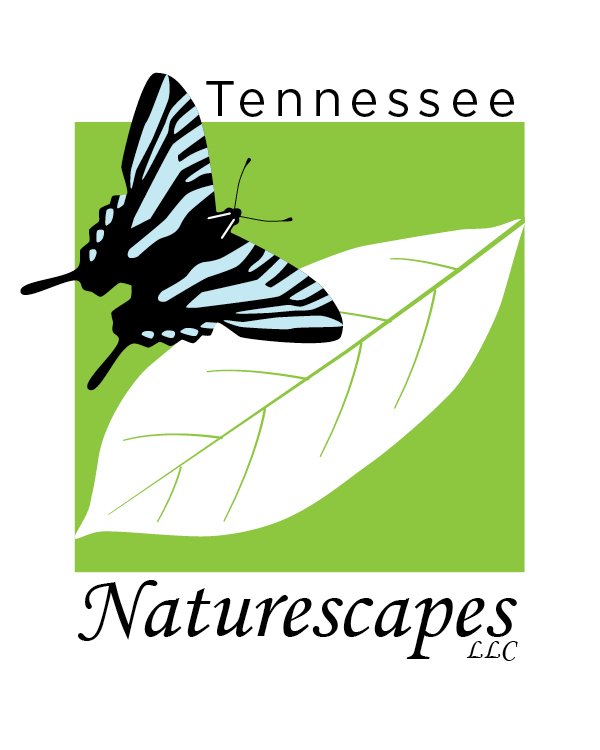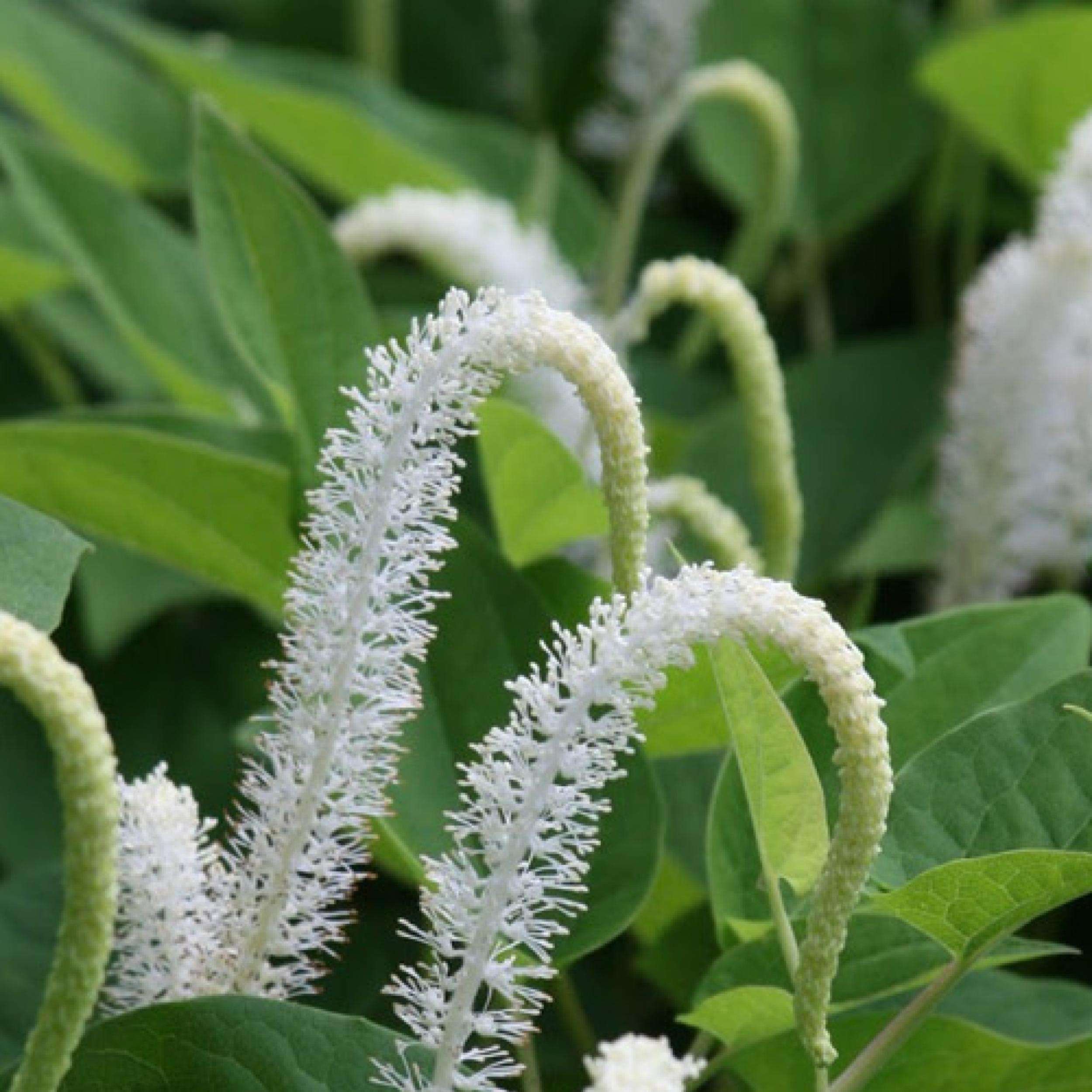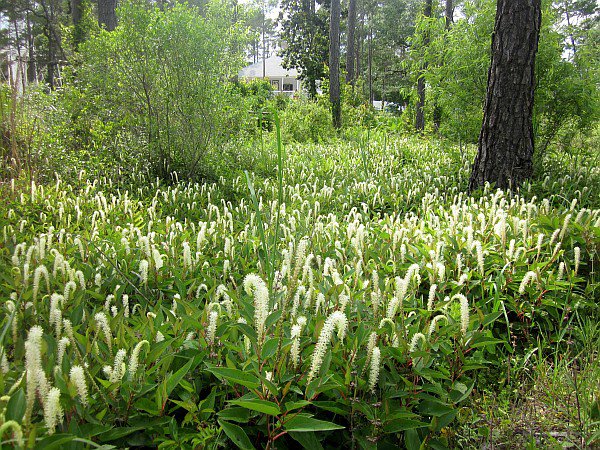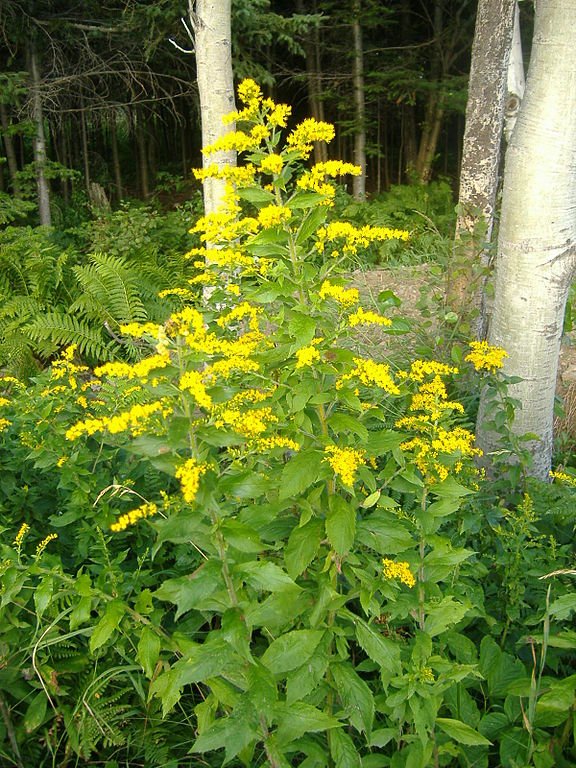 Image 1 of 2
Image 1 of 2

 Image 2 of 2
Image 2 of 2



Eryngium yuccifolium - (Rattlesnake Master)
GARDEN SITE: ☀️. Average-Dry-Medium soil. Prefers not overly fertilized Soils that won’t stay wet during winter
SIZE: ⬆4-5 ft. ↔ 2-3 ft.
FLOWERS: White Thistle-like blooms June-September
WILDLIFE: Attracts bees and butterflies
ZONE: 3-8
DISTRIBUTION: AL , AR , CT , FL , GA , IA , IL , IN , KS , KY , LA , MD , MI , MN , MO , MS , NC , NE , NJ , OH , OK , SC , TN , TX , VA , WI
Unusual but beautiful in pollinators’ lover belonging to Carrot (Apiaceae) family! It’s favored by many pollinators It is a very like short and long tonged bees, wasps, flies, butterflies, skippers, moths and beetles. Plant in native plant gardens, naturalized areas or prairies. Drought, Erosion, Clay Soil, Dry Soil, Shallow-Rocky Soil Tolerant. Taprooted plant which makes transplanting difficult once established.
The genu name “Eryngium” is Greek and refers to the plant's spiny features. The “yuccifolium” species name refers to its yucca-like leaves. The common name rattlesnake master reflects the plant's history with American Indians.
GARDEN SITE: ☀️. Average-Dry-Medium soil. Prefers not overly fertilized Soils that won’t stay wet during winter
SIZE: ⬆4-5 ft. ↔ 2-3 ft.
FLOWERS: White Thistle-like blooms June-September
WILDLIFE: Attracts bees and butterflies
ZONE: 3-8
DISTRIBUTION: AL , AR , CT , FL , GA , IA , IL , IN , KS , KY , LA , MD , MI , MN , MO , MS , NC , NE , NJ , OH , OK , SC , TN , TX , VA , WI
Unusual but beautiful in pollinators’ lover belonging to Carrot (Apiaceae) family! It’s favored by many pollinators It is a very like short and long tonged bees, wasps, flies, butterflies, skippers, moths and beetles. Plant in native plant gardens, naturalized areas or prairies. Drought, Erosion, Clay Soil, Dry Soil, Shallow-Rocky Soil Tolerant. Taprooted plant which makes transplanting difficult once established.
The genu name “Eryngium” is Greek and refers to the plant's spiny features. The “yuccifolium” species name refers to its yucca-like leaves. The common name rattlesnake master reflects the plant's history with American Indians.











